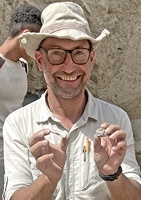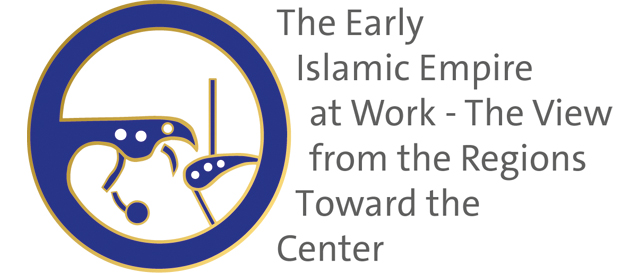"The Wall Which the People Call the Wall of Kanpirak” – New Perspectives on the Long Wall of Bukhārā
Sören Stark (Institute for the Study of the Ancient World, New York University)
October 7, 2015, 6:30 pm, Universität Hamburg, Edmund-Siemers-Allee 1, AS-Saal, 20146 Hamburg
Territorial barriers are a widespread phenomenon in many micro-regions of Western Central Asia and Eastern Iran (Mā warāʾ al-nahr and Khorāsān) where they often take the shape of monumental oasis walls around the entirety or large parts of the agricultural hinterland of important urban centers vis-à-vis the surrounding desert steppe.
Although these astonishing monuments have caught the attention of historians and archaeologists since as early as the end of the 19th century, we still poorly understand their chronology as well as their actual purposes.
The most monumental and best preserved one of these territorial barriers, the "long wall" of Bukhārā – at least 330 km long and complete with an impressive array of adjoining fortresses, watchtowers, and fortified gates –, is since 2011 subject to systematic investigations carried out by an Uzbek-American field project, now part of the Uzbek-American Archaeological Expedition in Bukhara (UzAmEB). The results of the seasons 2011-2015, deriving from extensive field surveys and excavations, now allow for substantiated conclusions regarding the chronological framework of the development of this system of fortification and provide important new insights into questions related to its purpose(s).

From 2005 to 2008 he led archaeological surveys and excavations in Northern Tajikistan (near Shahriston and Istaravshan/Urotepa). Before joining the faculty of ISAW he was Junior Fellow at the Excellence Cluster TOPOI and teaching at the Freie Universität in Berlin.
His main research focus lies on the political and cultural interrelations between pastoral nomads in Central and Inner Asia and their sedentary neighbors. Currently, he is preparing a book on territorial fortifications in Western Central Asia. He is also co-editor of a Handbook of Central Asian Archaeology and Art which is presently under preparation at Oxford University Press.



